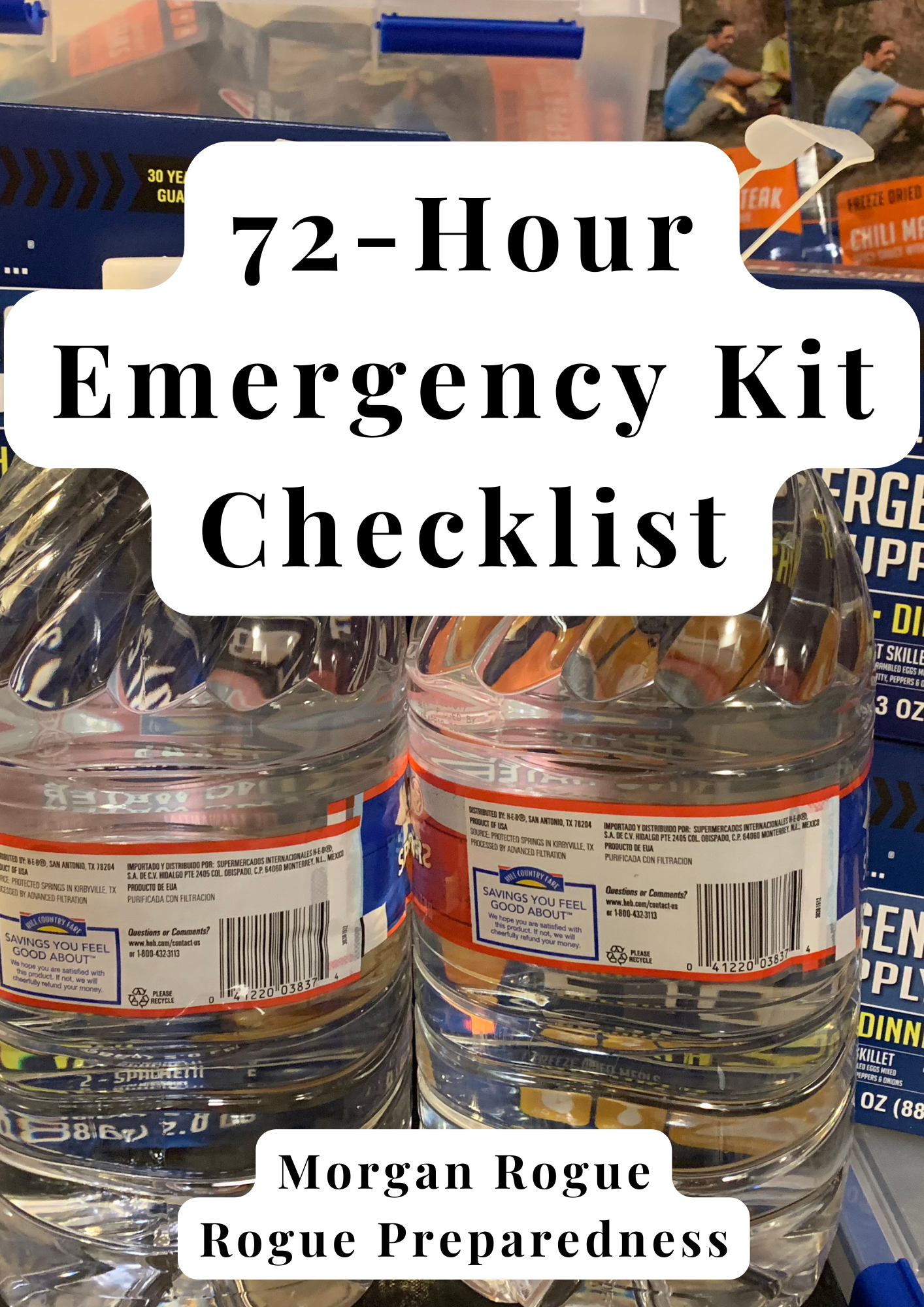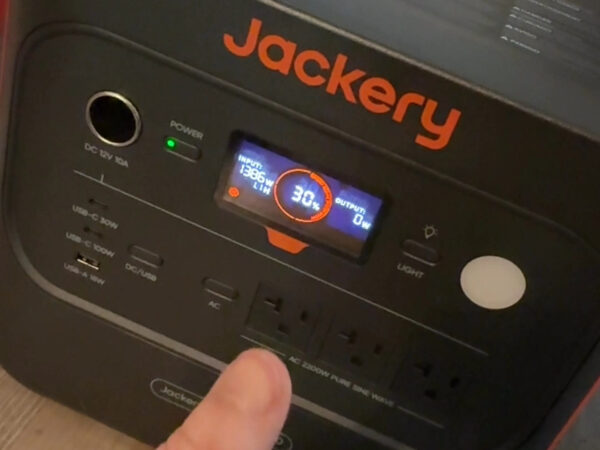What is a Bug-Out Bag and Do You Really Need One?

If you’ve spent any time around the preparedness community, you’ve probably heard the term “bug-out bag.” For beginners, it can sound like some kind of doomsday survival pack where you strap the bag onto you rback and run off into the woods to live as a mountain man.
But the reality is much simpler:
A bug-out bag is just a pack with the essentials you’d need if you had to leave your home quickly. Fires, chemical spills, hurricanes, blackouts, or even a police evacuation notice — these are all real-life reasons you might need to grab your bag and go.
But do you really need one? Let’s break it down.

What is a Bug-Out Bag?
- A portable kit (usually a backpack, but could also be a suitcase, bucket or anything else that can hold supplies) with supplies for at least 72 hours.
- Designed to help you survive away from home if you can’t stay put.
- Covers the basics: water, food, shelter, clothing, first aid, and important documents.
Think of it as your “grab-and-go insurance.” If you had 5 minutes to leave your house, this bag ensures you won’t be empty-handed.

Do You Really Need One?
The answer depends on your risks and lifestyle:
- If you live in an area prone to natural disasters (hurricanes, wildfires, tornadoes, floods), a bug-out bag is a no-brainer.
- If you live in the city, you may need to flee quickly depending on the situation,
- If you travel or commute far from home, keeping a bag in your car can get you back safely.
- Even if you never have to “bug out,” your bag doubles as a ready-made emergency kit you can use during blackouts, I’ve even taken it camping.
Bottom line: Almost everyone benefits from having a bug-out bag — it’s not just for hardcore survivalists. It really doesn’t hurt to have a bag packed for “just in case”.

Beginner Tips for Building Your Bag
- Start with what you already own. You don’t need expensive tactical gear. Then, make a list of items you want to acquire/upgrade.
- Build it for 3 days, not 3 weeks. Keep it realistic.
- Customize it: if you have kids, pets, or medical needs, your bag will look different.
- Keep it light. Even if you choose to use a suitcase, and even though the plan is to throw the bug out bag into your vehicle, if you can’t carry/pull it for a mile, it’s too heavy.
Bug-Out Bag Checklist
Water & Hydration
- Bottled water (aim for 1–2 liters per person)
- Water filter like the Grayl water bottle or purification tablets
- Bagged water
Food
- Easy-to-carry, shelf-stable food (energy bars, trail mix, etc., you’ll rotate every 3-6 months)
- Utensil or multi-tool with can opener
Clothing & Shelter
- Extra change of clothes (season-appropriate)
- Lightweight blanket or emergency space blanket
- Poncho or rain gear
Health & Safety
- First aid kit (bandages, antiseptic wipes, pain relievers)
- OTC and/or Prescription medications (3-day supply minimum)
- Hand sanitizer, wet wipes, small hygiene kit
Light & Power
- Flashlight or headlamp (plus spare batteries)
- Power bank for phone
Tools & Gear
- Multi-tool or basic pocketknife
- Whistle (for signaling)
- Duct tape (mini roll)
Documents & Money
- Copies of ID, insurance papers, emergency contacts
- Cash (small bills)
Comfort & Extras
- Snacks for kids
- Small toy, cards, or comfort item
- Pet supplies if needed
- Self-defense item
Click here to download a FREE bug out bag checklist.
Click here to download a FREE kids bug out bag checklist.

Final Thoughts
A bug-out bag is just the beginning. Make sure you’ve created an emergency disaster plan so you know exactly where to go, meeting places, evacuation routes, communication plan. Then, run a few evacuation drills every few months so everyone is on the same page.
Start small: put together the basics, personalize it for your family, make sure each family member has their own pack, and store it in an easy-to-grab spot.
You may never need to “bug out,” but if you do, you’ll be thankful you planned ahead.
Click here to read more about putting together a bug out bag.
Click here to read more about what to put into a bug out bag.
Click here to read more about making a bug out bag for kids.





















